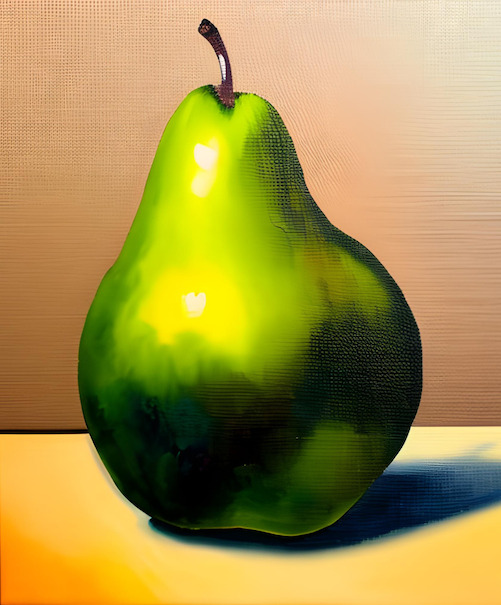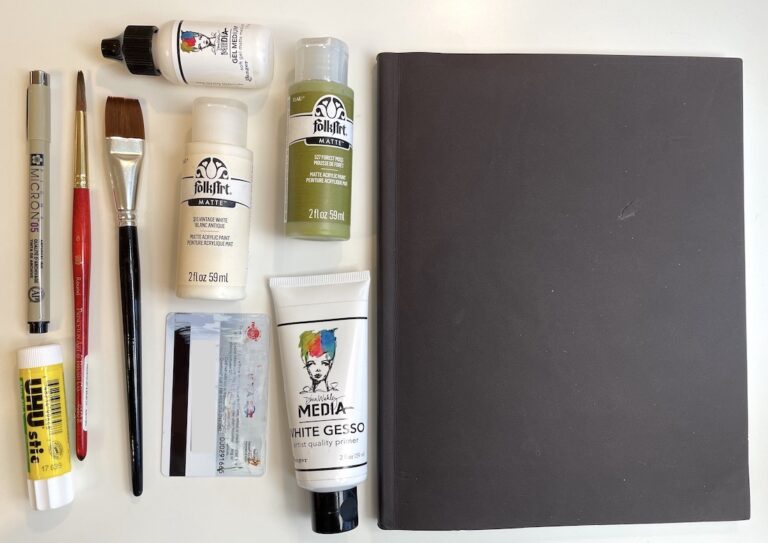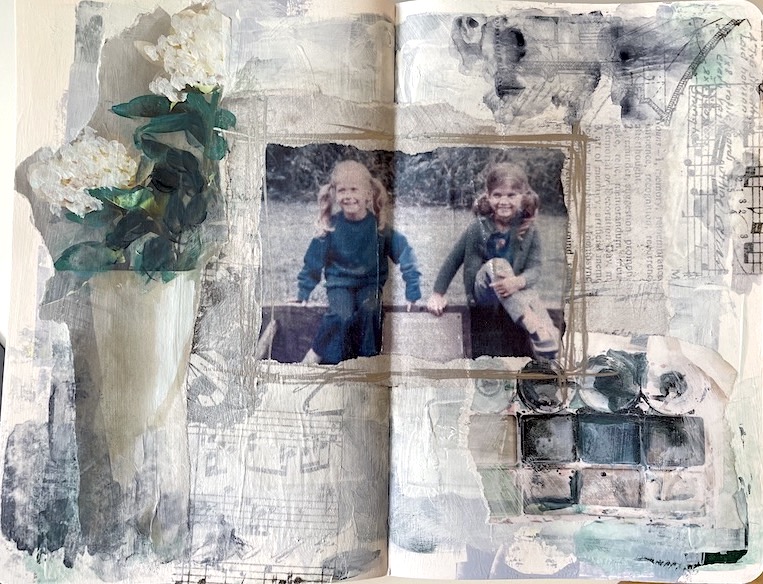Painting 101: Understanding the Difference between Acrylics and Watercolors
Are you looking to dip your toes into the colorful world of painting? Then you’re probably wondering what type of paint to use. If you’re torn between acrylic paint and watercolors, then you’re in luck! In this blog post, we’ll explore the key differences between these two popular types of paint. We’ll examine their water solubility, opacity, drying time, mixing ability, surface compatibility, clean-up, color intensity, and cost. By the time you finish reading, you’ll have a better idea of which paint is the right choice for your next artistic endeavor!
Water Solubility
One of the biggest differences between acrylic paint and watercolors is their water solubility. While watercolors are easily soluble in water, acrylic paints are not. Once acrylic paint dries, it becomes permanent and waterproof.
This means that watercolors can be easily reactivated with water, making them great for blending and creating a range of shades from just one color. With acrylics, however, you need to work quickly to blend colors before they dry.
Water solubility also affects the way you can create texture with each medium. Watercolors allow for more subtle textures, as the pigment blends with the water. Acrylics, on the other hand, create more pronounced brush strokes and textures due to their thicker consistency.
Overall, if you’re looking for a more fluid and watercolor-like effect, watercolors may be the better choice. But if you prefer more control and texture in your work, acrylics may be the way to go.
Opacity: How Opaque or Transparent Are They?
When it comes to acrylic paint vs watercolor, another important factor to consider is their opacity. Opacity refers to how much you can see through the paint layer. In simpler terms, it’s whether the paint is opaque or transparent.
Acrylic paint is more opaque than watercolor. It’s thick and can cover up any mistakes or layers underneath it. This is great for artists who want to create bold, solid colors or who want to paint over a mistake without having to start over. However, because it’s opaque, it can be difficult to layer colors on top of each other without the paint becoming too thick and clumpy.
Watercolor, on the other hand, is transparent. This means that you can see through the layers of paint and colors can blend well. This is great for artists who want to create soft, flowing paintings with a lot of depth and texture. However, because it’s transparent, it can be difficult to cover up mistakes or create solid colors without multiple layers or concentrates..
Ultimately, the choice between acrylic paint and watercolor will depend on the style of painting you want to create and your personal preference. If you want bold, solid colors, go for acrylic paint. If you want soft, flowing colors, try watercolor.


Drying Time: How Does It Affect Your Work?
Another difference between acrylic paints and watercolors is their drying time. Acrylics dry quickly and form a permanent, water-resistant layer, while watercolors dry slowly and remain water-soluble even after they dry.
For the artist, this difference in drying time has pros and cons depending on their style of work. Acrylics can be layered quickly and efficiently, allowing for fast color changes and corrections. They can also be painted over quickly without smudging, as they dry to a plastic-like consistency. On the other hand, watercolors require more patience as they can take longer to dry. Artists need to wait for each layer to dry before adding another, making the process more time-consuming.
Watercolors’ slow drying time can also be beneficial as it allows for more “happy accidents” to occur. The colors can blend together and create unique effects as they dry, making each piece of work unique. In contrast, acrylics dry quickly, leaving little room for improvisation.
To sum it up, if you prefer a fast-paced, spontaneous style of work, acrylics might be your choice. However, if you enjoy taking your time and experimenting with colors, watercolors may be your medium of choice.
Mixing: Acrylics vs Watercolors
One of the biggest differences between acrylic paints and watercolors is how they mix. Acrylics are known for their ability to mix well with other colors, making it easy to create a wide range of hues. They can also be mixed with other mediums, such as gels and pastes, to create interesting textures and effects.
Watercolors, on the other hand, can be more challenging to mix. Because they are highly pigmented and transparent, they require a bit more finesse when it comes to combining colors. Watercolor artists often rely on layering and blending techniques to achieve the desired shades.
That being said, watercolors can create some stunning gradient effects that are difficult to replicate with acrylics. Their transparency also makes them ideal for creating washes and other subtle coloring techniques.
Regardless of which medium you choose, it’s important to experiment with mixing colors to see what works best for you. Play around with different combinations and techniques until you find a mixing style that feels comfortable and produces the desired results.
Surfaces
When it comes to the surface on which you’ll be painting, both acrylics and watercolors have unique qualities. Acrylics are quite versatile, as they can be used on a variety of surfaces, such as canvas, paper, wood, metal, and even fabric. They adhere well to most surfaces, including those that have been prepared with gesso or other primers.
Watercolors, on the other hand, require a more delicate touch. They are best used on paper that is specifically made for watercolor painting, such as heavy weight watercolor paper. This type of paper can absorb large amounts of water without warping or buckling. Using watercolors on other types of paper or surfaces can lead to… let’s just say… unsatisfactory results.
If you want to experiment with using watercolors on other surfaces, such as canvas or wood, you can try using a watercolor ground first. This product essentially primes the surface to accept watercolor paint and can be found in most art supply stores.
Overall, acrylics offer more flexibility when it comes to surface options, while watercolors are more limited.
In summary, both acrylic paint and watercolors have their advantages and disadvantages, but understanding their differences can help you choose which one to use for your next art project. If you want bright and intense colors, acrylics may be your go-to. On the other hand, if you’re looking for more transparent, delicate washes, watercolors may be the perfect fit. It all comes down to personal preference and the specific needs of your project. So, experiment, have fun, and let your creativity guide you.
Happy painting!







